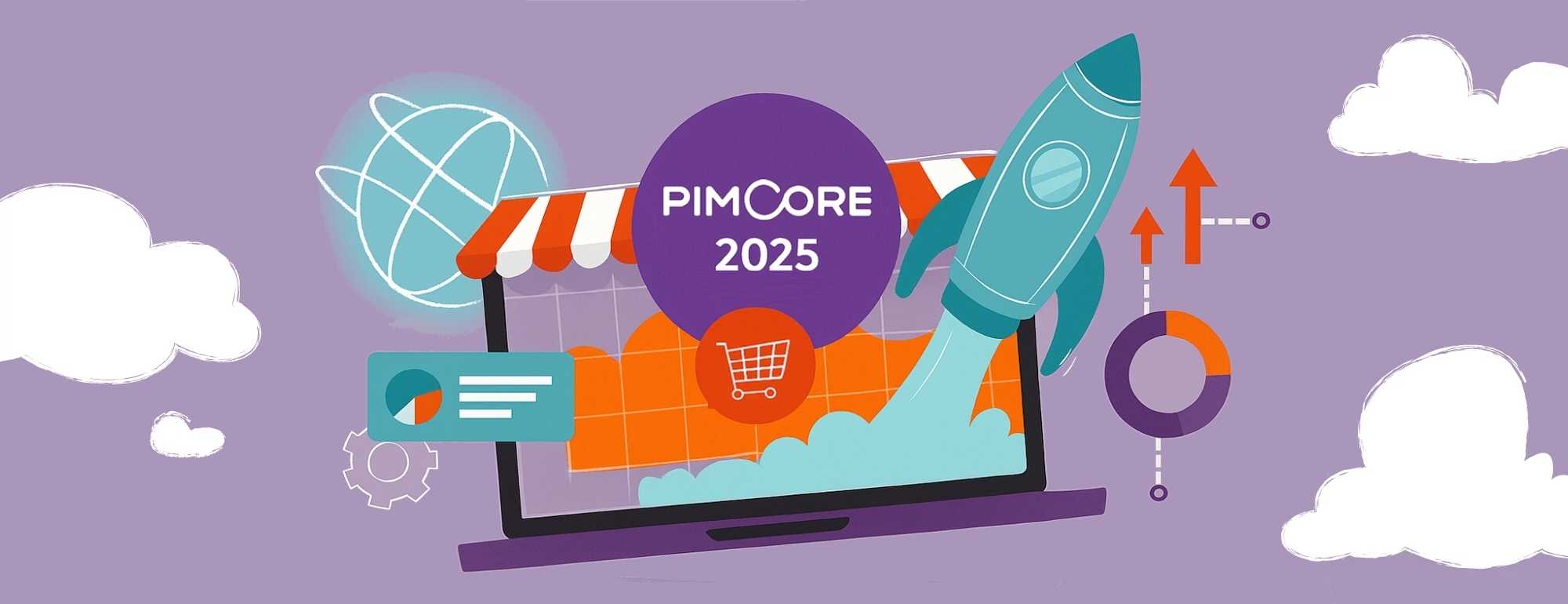Power BI Essentials: Costs, Deployments & More
A good solution saves you more than just money. It saves you time, stress and inefficient results. The inverse is also absolutely true: poor technology consumes your time, increases stress and doesn’t deliver effective benefits.
Power BI fits into the definitions of a good solution. As a business intelligence tool, you need to consider the costs of licensing and running, as well as the requirements in terms of expertise, integrations, storage, hosting and other ongoing costs. All of this is then valued against the insights and conclusions you’re able to draw from it. (versus manually compiling, comparing and analyzing data the old-fashioned way which, after the first few megabytes of data, starts to become somewhat impossible).
One of the many reasons for recommending Power BI is that it’s fairly easy to set up (with a little helping hand) can handle a diverse range of data tasks and ultimately enables your teams to save huge amounts of time when working with information at scale. But every company has individual requirements, so it’s worth knowing exactly which options are suitable for you – and which are not.
Licensing
This is without a doubt the most common cost that is considered – and one I’m asked about the most. Power BI has a few licensing tiers, rather than a one-cost-for-all approach, so it’s important to know when you and don’t need to invest at a specific level.
Power BI Free vs Pro Versions vs Premium
Let’s start with the fact that using Power BI Desktop does not require you to buy any license – in other words, yes, the base version is free. You can download the application in its current state from here.
If you register with Power BI without buying a license, you will nonetheless be able to publish the results of your work in the cloud (namely in the form of data assets and reports), but you will find yourself unable to share this work with any other registered users.
Interestingly, you will be able to publish your reports on the Internet, such as embedding into your website, for example. However, we must remember that such a report will be accessible to anyone with a link, so this is not a scenario for sharing internal company data!
To make a report available to other users, you must purchase a Power BI Pro license for each of these individuals, as well as for the person publishing the report.
Yet, please note that this situation changes if we have purchased dedicated resources in the form of the Power BI Premium package. In this case, it’s possible to share reports with free users.
Data Size Limits for Each License
When it comes to Power BI specifically, we talk about limits set at the dataset level. For Power BI Pro licenses, one dataset is 1 GB. In practice, this is compressed data with an average factor of 1:10, which means that a dataset can hold up to 10 GB of raw data. This is enough to store several million lines. If we approach this limit, it is possible to optimize the size of the data set or split it into smaller sets. An experienced implementer can handle this.
The limit of all data we can store in Power BI is 10 GB for one user license. However, if we have much more data, we can use Power BI Premium, as the limit for one set is 10 GB, but the entire data limit is 100 TB.
In scenarios using more data, we require a slightly more sophisticated data model, e.g. in data sets, we have to store pre-aggregated data and provide access to details using a DirectQuery connection.
Power BI Capacity Scalability
Monthly payment costs mean you can always switch over, if needed, but the nature of Power BI’s licensing means that you should consider scalability from the start. Depending on your needs in the near-future, certain options hold different advantages.
For individual use, the free version of Power BI may be the strongest, so long as sharing reports isn’t an option. The For individual use, the free version of Power BI may be the strongest, so long as sharing reports isn’t an option. The main issue arises, however, when you have a growing team using Pro licenses. After a certain point, it becomes better to switch to the Premium package.
Currently, Power BI Pro costs $9.99 per user per month. In contrast, Power BI Premium is available in two options: $20.00 per user and $4995.00 per capacity. Comparing these rates, the Premium license is the equivalent of 500 Power BI Pro licenses. Certainly, there are many organizations that do not need access to this tool for as many as 500 users, but there are a number of other Power BI Premium functionalities for which it is worth considering.
First of all, it is necessary to take into account the size of the data sets. As we mentioned earlier, the Pro license limits data sets to 1 GB, while the Premium increases this volume to 100 GB in the per user version and up to 400 GB in the capacity version, with a general limit of 100 TB. Without a doubt, there are many large enterprises on the market that require processing such large data sets, but many smaller companies do not have such needs. Certainly, the Pro license gives the possibility of better scalability, but it is worth analyzing our current data models and first considering their optimizing before deciding on a more expensive license with a larger space limit.
The current pricelist
Additional Factors to choose the best Business Intelligence tool
As I stated at the very start, a good solution saves you more than just costs. There are numerous other factors that you need to consider – when it comes to Power BI, many of these are not unique to the product and apply to pretty much any Business Intelligence support you may be considering.
Data Integration in the ETL process
Power BI aggregates data and presents it in a customized, formatted way. But integrating that data takes some effort.
For the best results, it requires both knowledge and expertise (because you can’t have the latter without the former) in your data sources, where they are, how they relate to each other and how they work within Power BI. In other words – this is the ETL (Extract, Transform and Load) element of any data project.
From our experience, it’s worth taking the time to plan this data strategy in advance. Knowing what data is (and can be made) available, as well as the intended goals, will give a capable expert the information necessary to plan the ETL aspects correctly. This way, data will be consistent, will work in conjunction with other related datasets and will ensure the project goes smoothly.
Power BI Hosting
Like any solution, Power BI needs to be hosted somewhere. The free version – Power BI Desktop – is aptly named because it is designed for the PC and requires somewhere to be stored, whether it’s directly on the eponymous desktop or through your own personal servers. With the ‘true’ (paid-for) Power BI service, Microsoft provides its own hosting (no surprises that it’s in Azure). However, there is a distinct difference based on the tier of license you opt for:
- The Power BI Pro license provides storage in the cloud, but it is limited public cloud hosting. You don’t have any dedicated resources and, with higher performance requirements, this can create a bottle neck.
- With Power BI Premium, you have dedicated cloud CPU and storage resources to claim as your own. Additionally, the premium package also has support for on-premise solutions, such as Power BI Report Server, which aren’t available on lower tiers.
Updating Reports Hosted in the Cloud?
If the source databases/systems are located in your local data center, then this information can be updated in the cloud using the Data Gateway. We need to install it on a machine inside the data center from which the source data is accessed.
This gateway will be responsible for transferring data from inside the company to the cloud. We will be able to set up a data refresh schedule in its configuration.
The key factor here is that Power BI is a tool for analyzing data: the burden of collecting that data – and storing it outside of Power BI itself (such as in raw formats, or as data lakes/warehouses) lies on the individual companies themselves. For example, if you’re using Excel files with some non-standard processes (a quite common occurrence, in our experience), it needs to be hosted somewhere, such as a OneDrive, and connected directly to the Power BI data model.
… but is it safe for the cloud to receive data from my server?
The Data Gateway is a sophisticated tool from a data security perspective. Importantly, it does not accept incoming calls, so it cannot be used to break into our company. In short, the gateway is responsible for encrypting the data and sending it to the cloud, from where it will be used to generate reports.
The gateway’s design is discussed in more detail here.
Starting with Power BI – Is it a Big Investment?
Power BI has a very low entry threshold. You can start by downloading the free Power BI Desktop tool (no cost here). Using any basic competences that you’ve gained from using Excel and its respective environment, you can build the simplest reports yourself.
Of course, building a data model and advanced analysis requires some skills. However, after preparing a data model, creating new reports or visualizations on your own should not pose problems if you have some analytical skills.
When building a multi-user solution, you should equip everyone with a Power BI Pro license. So, with this in mind, we can state that Power BI is a solution that does not require significant costs at the beginning.
So where do the biggest costs come from?
The biggest expenses typically come from having to rework solutions that weren’t implemented correctly at the start – which is pretty much true of any data pipeline solution. Microconfigurations at the start cause problems throughout the rest of the process – a path that Business Intelligence sits at the very end of. As such, we can highly recommend getting some expert assistance at this stage – sure, we’re biased, but this really is the stitch in time that ensures smooth delivery, progress and results later.
Power BI Costs: Summary
Initial Costs:
- Set-up and integration – needed, depending on the scale and types of data that need to be connected
- Time – the larger the scope and data requirements, the more work is needed, which equates to additional time.
- Training – reports are easy to read, but anyone creating new reports will need some training to become familiarized with the new technology.
Ongoing Costs:
- Licensing – from $10 a month per user
- Storage – some hosting included with Pro licensing, additional support needed for excel files and/or other data sources
- Updates and configurations – needs change, data expands, software updates… like any technology, be expected to make the occasional modification now and then.
The Benefits:
- Clarity – the very reason Business Intelligence is needed in the first place; to create easy to understand conclusions from larger, complicated data sets.
- Singular Data Sources: Power BI enables the creation of reports that can compile any and all data needed, for a singular overview of essential business areas.
- Automation – with the right configuration, data can be updated automatically within dashboards for real-time information.
- Data Visualization – an important part of big data, Power BI’s dashboards allow for clear, concise visual representations to remove any risk of confusion or misinterpretation.
We hope this information didn’t simply ‘convince’ you, but rather showed whether or not Power BI might just be the right option. For a more exact understanding, it helps to know your specific requirements and situation as well – so please don’t hesitate to get in touch!







